The Many Reasons Biologists Eat Their Study Subjects
Snacking on specimens from raw monkey to bee vomit can help scientists figure stuff out.
In 1972, the primatologist Richard Wrangham was in Tanzania, doing research on chimpanzees. Surrounded by their sounds and smells and living in their habitat, he found he hungered for an even deeper knowledge of their lives. So he asked his project director, Jane Goodall: Could he try eating like a chimp, just for a little while?
With Goodall’s blessing, Wrangham went on a chimp-like diet. For the most part, this involved chowing down on “plant foods that tasted so poor that I could not fill my stomach with them,” Wrangham writes in an email. But one day he came upon another favorite snack a chimp had left behind: raw colobus monkey meat.
Chimps eat two species of colobus—black-and-white and red—but they appear to prefer red, and hunt it more often. Wrangham wanted to know why. So when he came across the leftovers, he took a bite of each type.

“Their meat tasted the same to me,” he writes. But between the raw monkey and the bad-tasting plants, he adds, “the lesson got through to me that there is something special about the human diet.” This eventually inspired a book about the role of cooking in human evolution.

We tend to think of biology as a visual discipline. Researchers count populations and observe behaviors. They trace anatomical structures and track physiological responses. If they want a close-up understanding of something, they may pull out a microscope.
But as Wrangham discovered, there are other forms of knowledge to be had. In some cases, tasting study subjects (or eating what they eat) helps researchers identify species and solve logistical puzzles. Other times, it lets them uphold their principles, or sink their teeth into a variety of other mysteries. Sometimes you just have to bite the proverbial apple—or mushroom, tadpole, aphid, or tunicate.
Identification
If you don’t know exactly what something is, tasting it can help. In mycology—the study of fungi—taste is “an integral part of the taxonomic process,” says Kabir Gabriel Peay, who studies communal fungal ecology and is a professor at Stanford University. Taste and smell characteristics are often included on the keys that help field researchers tell species apart.
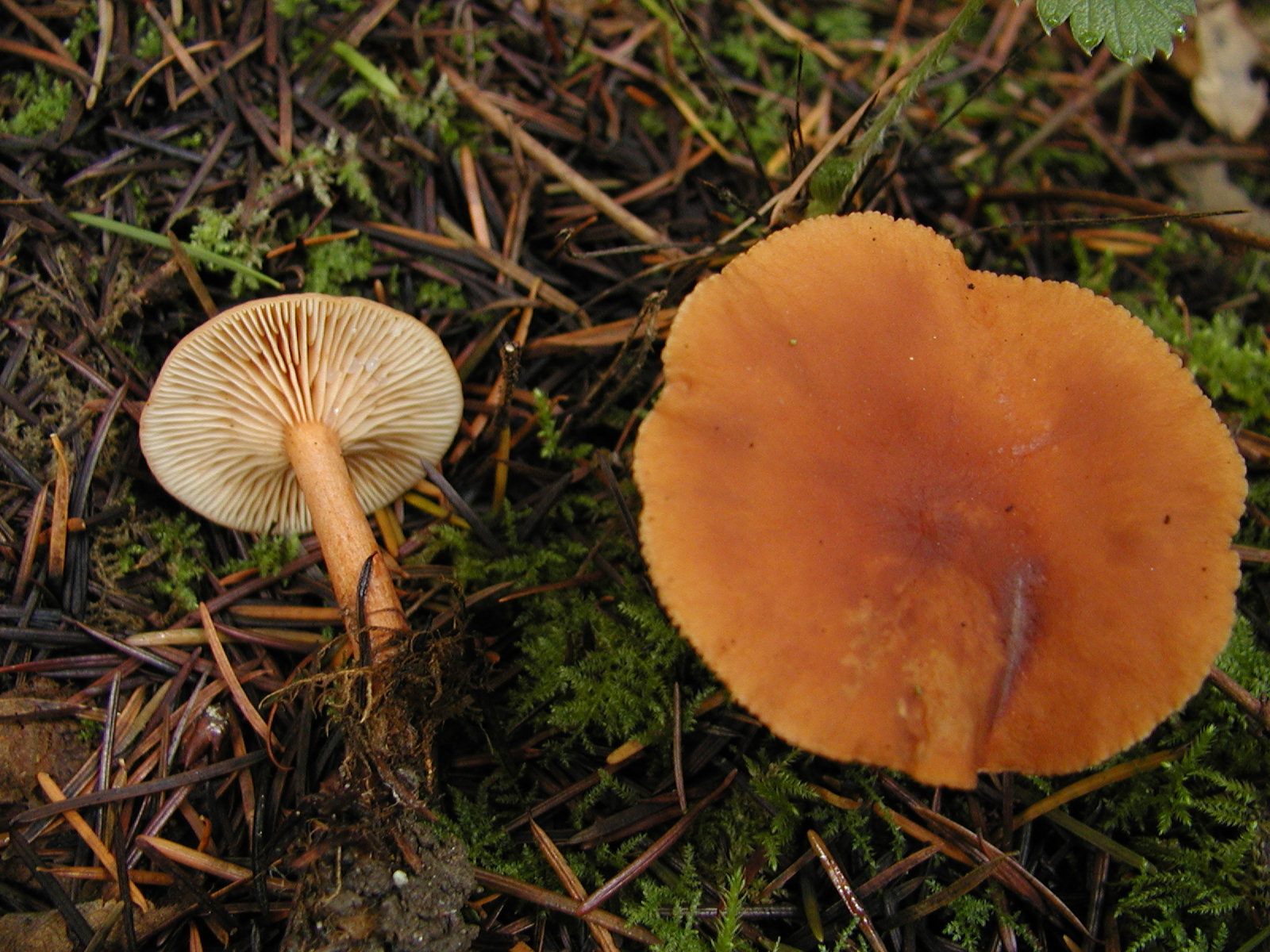
For example, in California, Peay says, there are two species of Lactarius, or milk-cap fungus, that look very similar. Both are small and ruddy-colored, and exude a milky white latex when broken. “But one of them, if you dry it, it smells and tastes like maple syrup,” Peay says. “People put it in ice cream and cookies.” The other one has more of a peppery taste. “In the field—knowing that—you could pick up a small red milkcap and take a bite of it, and know which one it was,” he says. (Public service announcement: If you’re going to go around tasting mystery mushrooms, make sure you spit them out afterwards.)
Often, the same goes for plants. “I eat leaves all the time for ID and for fun even if I already know the plant,” says Kevin Vega, who studies urban ecology at the STEM-focused university ETH Zurich. Scientists in farther-out fields have their own versions of these tests: At least one geomorphology textbook recommends “gently passing … soil between your teeth” to differentiate silt from sand and clay. And paleontologists know that if something is actually a chip of bone, it will likely stick to your tongue, whereas if it’s a chip of rock, it won’t.
Solving mysteries
Other biologists, like Wrangham, find themselves faced with more complicated mysteries that their tongues might help them solve. In 1971, the zoologist Richard Wassersug convinced some grad students to eat eight different species of tadpole, in order to test whether slower-swimming tadpoles had evolved a bad taste in order to repel predators. “None of them tasted sweet and delicious,” Wassersug told NPR reporter Jessie Rack in 2015. But the slowest, showiest ones were indeed the gnarliest.

Similarly, the herpetologist Chris Austin has been trying to figure out for years why some types of skink have green blood, while others have red. Once, he told NPR, he ate some raw skink, to see if one type might taste better or worse. Both were awful—“like bad sushi,” he told the outlet. He’s still working on the problem, but at least he’s got one more data point.
Karl Magnacca, a conservation biologist, spent his PhD surveying Hawaiian yellow-faced bees, which are among the very few endangered bee species in the United States. While many bees use the hairs on their legs to carry pollen, yellow-faced bees swallow it, fly to the nest, and then vomit it back up. “If you catch a female bringing pollen back to the nest … they’ll regurgitate it back onto your fingers, to serve as a defensive mechanism,” says Magnacca.
At that point, you can put the puke under a microscope and learn what kinds of flowers the bees prefer to visit. Or, if you just can’t wait, you can eat it, and try to tell by taste—at least, that’s what Magnacca tried a few times. Unfortunately, much of the bee vomit tasted the same, like lemony honey, and the microscopes proved more helpful. “The bees almost exclusively visit native plants,” Magnacca learned. “That seems to be a big limiting factor on where they can live here.”
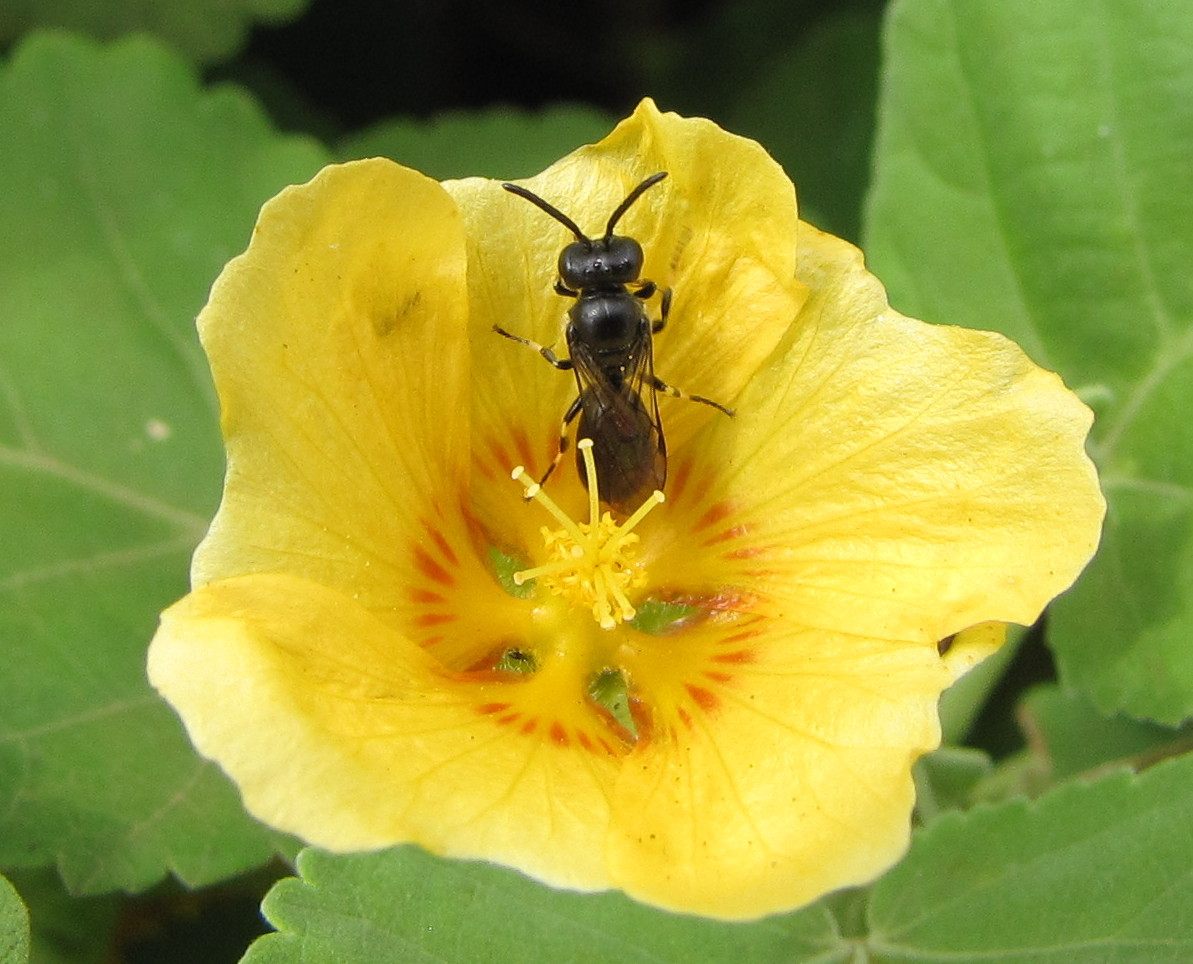
Sometimes, taste itself inspires curiosity. When Stephanie Guertin was getting her PhD in neuroscience at the University of Rhode Island, she worked in a lab that studied lobster aggression. Experiments involved stressing out certain lobsters by putting them into tanks in pairs, and exposing one of them to chemicals that made them think their companion was much bigger than it actually was. Due to a policy preventing experimental animals from being released into the wild, lab members ate them instead.
“After eating a lot of lobsters, I noticed that sometimes they tasted different,” Guertin says. “I started paying attention to whether any given lobster had been the one frightened off or not. Completely anecdotally, lobsters that had been stressed … tasted kind of sour.” Friends who she subjected to blind taste tests agreed. Although she did not study this more rigorously, tests on pigs, cattle, sheep, and turkeys have shown that stress produces chemicals that affect how the animals taste.
Logistics
In some situations, eating (or imbibing) a specimen is a purely logistical decision. One aphid researcher wrote that eating his subjects makes it easier to count them correctly. (Plus, if they’ve been munching on brassicaceae leaves, they taste like mustard.) Another person relayed the legend of a pioneer parasite scientist “who discovered a new species of enteric worm in Africa, knew the approvals to import it would take too long… [and] swallowed it, trusting he could get it out back in the States.” (Atlas Obscura was not able to confirm this story, but it seemed too good not to share.)
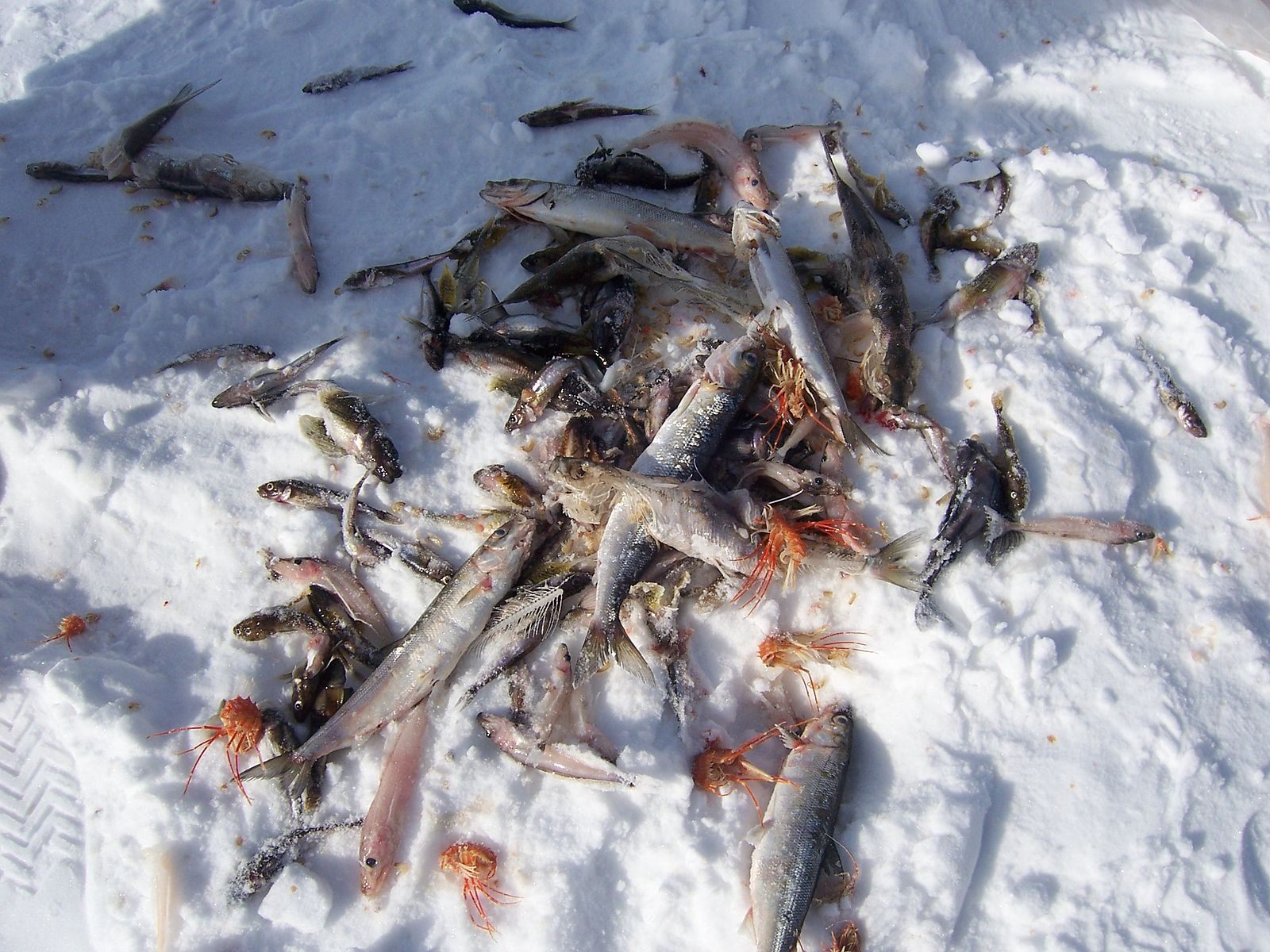
Leslie Ordal offered a story about a field research trip to Siberia, during which she and her colleagues were studying a gelatinous, bottom-feeding fish from Lake Baikal called the golomyanka. People don’t really eat it, and there were a lot of myths about it in the Western scientific literature: “It used to be described as transparent and quickly dissolving in sunlight,” she writes in an email. The team wasn’t able to bring formalin from the U.S. to keep specimens in, so when they got to Russia, “we bought a case of cheap vodka to use as a preservative,” she continues. They bought some better vodka, too, for drinking.
One night, she continues, they ran out of the good vodka. “A few of my hardier colleagues were determined not to let this stop them, and they snuck into the field lab and went right for the bottles of dead fish,” she writes. “They drank a few sips from one bottle, then in their drunken logic realized it would be obvious that one bottle contained less vodka than all the others. So they went around and drank approximately the same amount out of all the other bottles.”
The fact that the fish specimens survived all that sloshing around helped the team disprove some of the misconceptions about their fragility, Ordal says. (It taught them something about themselves, too: “They had one hell of a hangover.”)
Pedagogy
These stories may inspire a wide variety of facial expressions, but none are too surprising. Biologists spend so much time thinking about their subjects, it makes a certain amount of sense that they’d want to eat them—or eat like them—too. Occasionally, this curiosity becomes more calcified. “Not all invertebrate biology labs have it as a tradition, but a lot of them do—you eat your study organism if it’s feasible,” says Lindsay Waldrop, an assistant professor of invertebrate biology at New Mexico Tech. Waldrop fried up some tunicate—specifically Styela plicata, or pleated sea squirt—for one of her undergraduates just last week.

While sea squirt is a delicacy in some places, including Chile and South Korea, Waldrop and her student were more used to coming across it on the dissecting table. “It tasted very bad,” Waldrop says. “Very leathery.” Her own career has been full of variously appetizing rites of passage: While at a field station on San Juan Island in Washington, she and her colleagues munched on everything from shrimp to worms to uni straight out of the sea urchin. “We ate a bunch of different stuff—as long it wouldn’t sting you or make you sick,” she recalls fondly. “I guess that’s probably not 100 percent safety protocol, but it’s a good tradition.”
Meanwhile, at the Civic Laboratory for Environmental Action Research (CLEAR), eating specimens is a vital part of the scientific process. Much of CLEAR’s research focuses on how plastic pollution affects food species in and around Newfoundland. They get a lot of their specimens from local hunters and fishers. “It seems a little backwards to do food justice research, take the animals, and not [eat them],” says the lab’s director, Max Liboiron. “Then you’re just studying species, not food.”
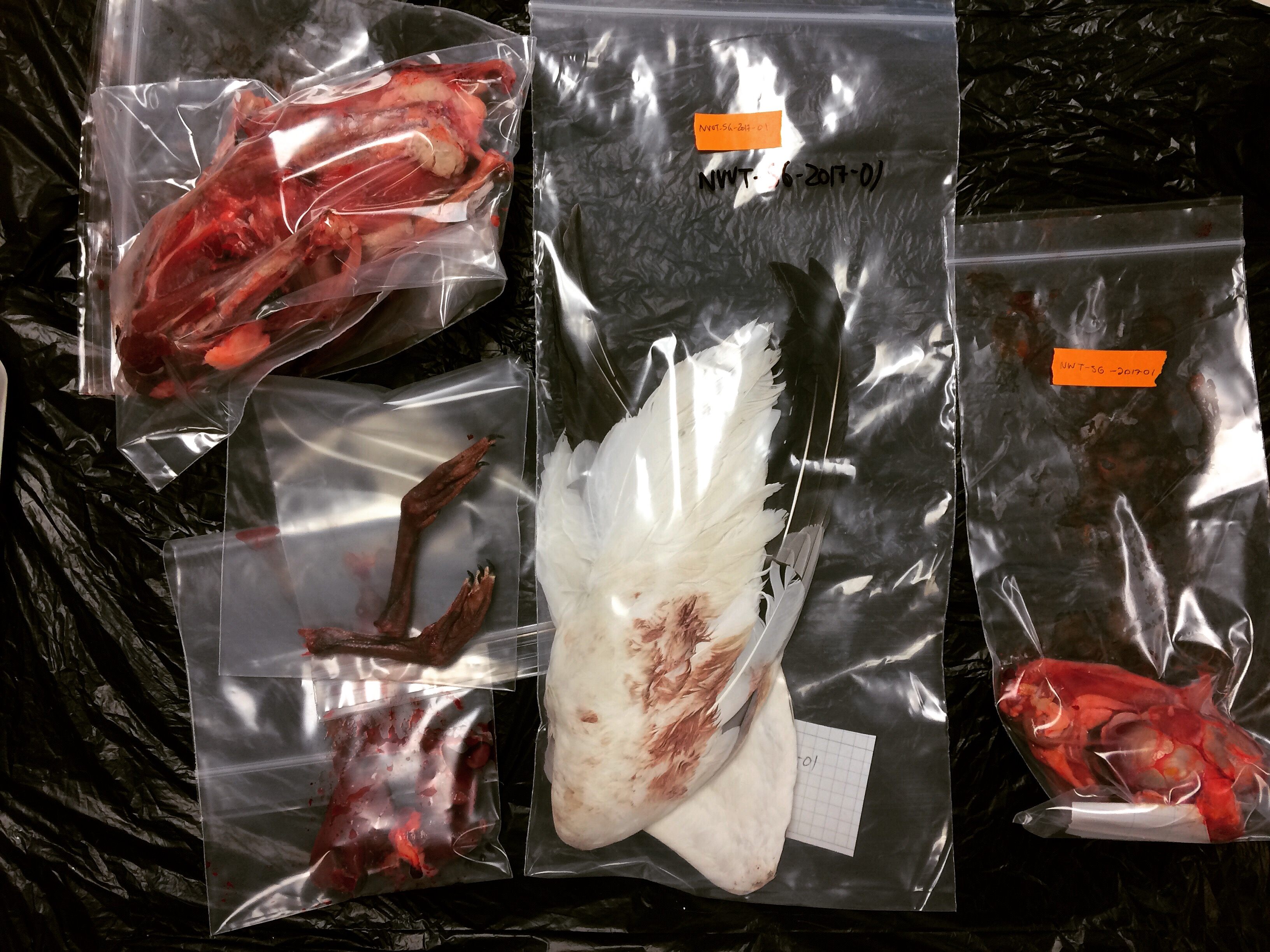
In order to make specimen-eating a part of protocol, the lab had to get certain rules changed. “Under most university animal care protocols, animal tissues themselves are called hazardous waste,” says Liboiron. “The first thing we did as part of our animal respect guidelines was to get that overturned.” Now, after they’ve run their tests on cod, hake, duck, or geese, they eat as much of what’s left as they can. If something can’t be eaten, they take it back out into its environment in order to return it to its food web. “We’re an explicitly feminist and anticolonial lab,” says Liboiron. “When we say ethics in the lab, we mean good relations. Eating the animal means we’re in good relations with the animal.”
The creatures people eat for science don’t always taste delicious. But in each of the cases shared here, the level of understanding this particular relationship facilitates made the experience worth it it. In some cases, it’s even worth repeating. Wrangham hasn’t yet repeated his raw monkey-eating experiment, but if the opportunity presents itself, he may go back to the tasting board. “I suspect it is not the meat of black-and-white colobus that tastes bad, but the skin,” Wrangham says. “I have to try again.”
Gastro Obscura covers the world’s most wondrous food and drink.
Sign up for our regular newsletter.



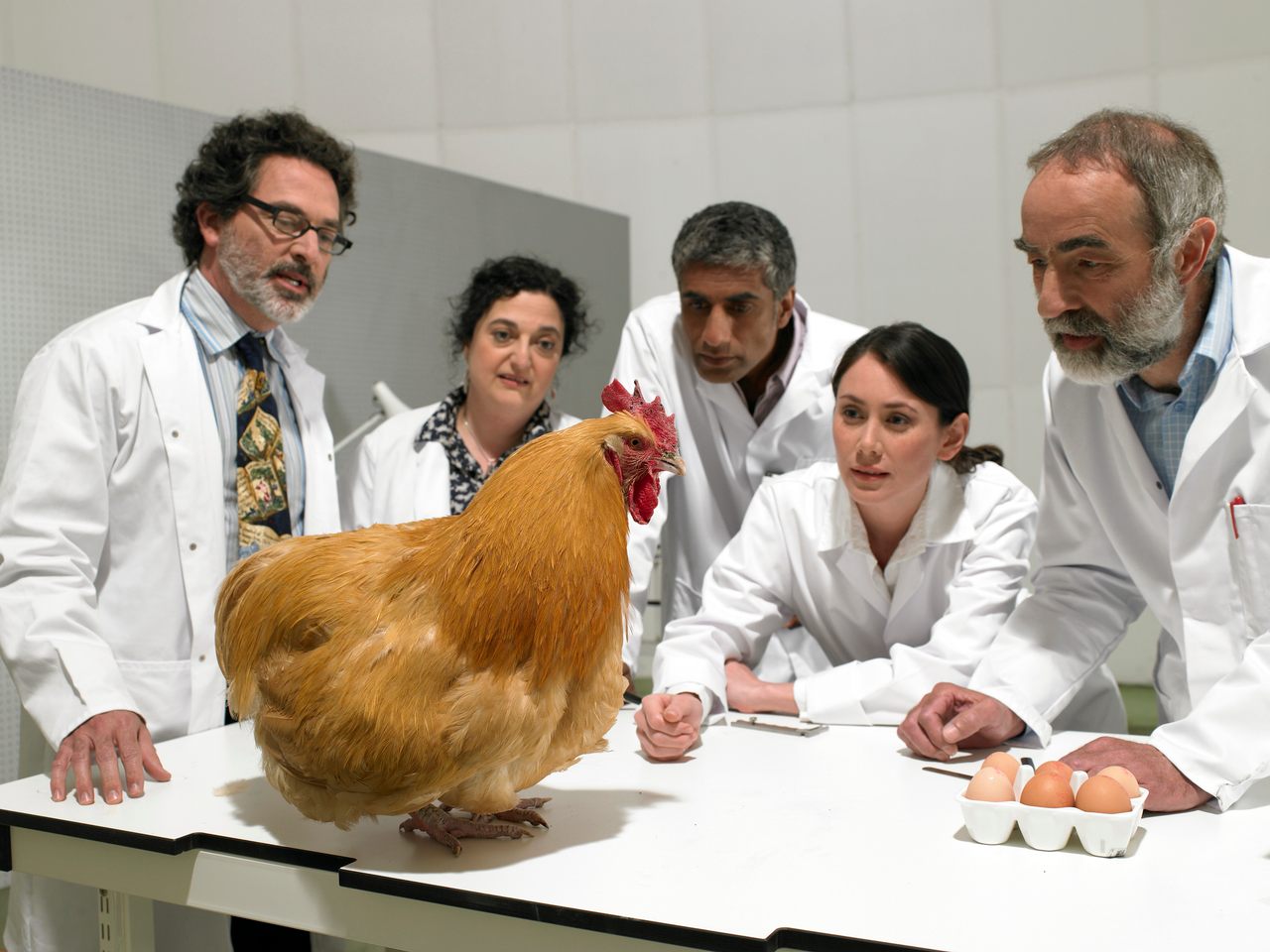


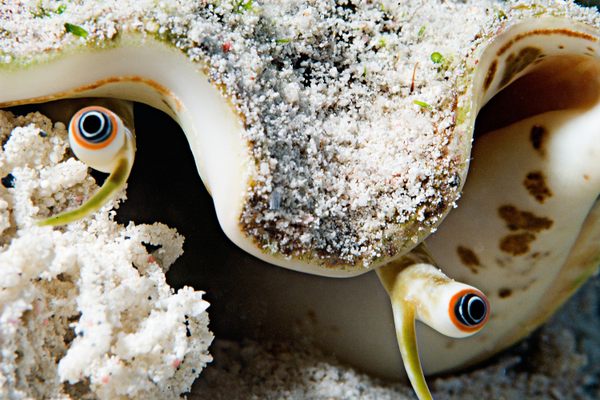

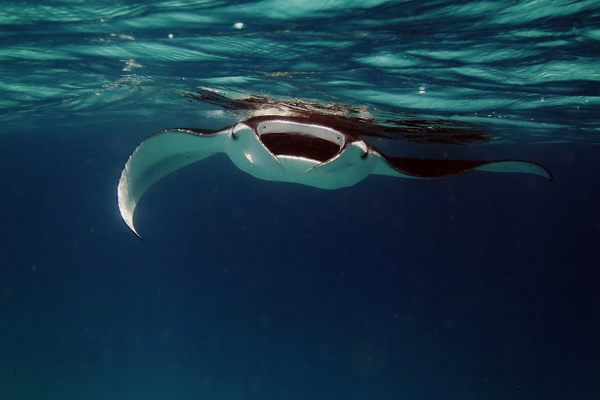





























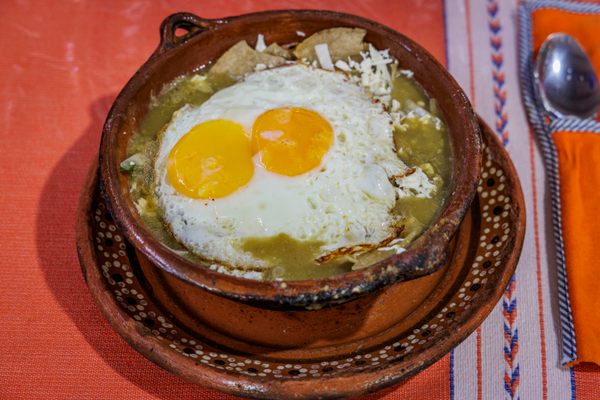



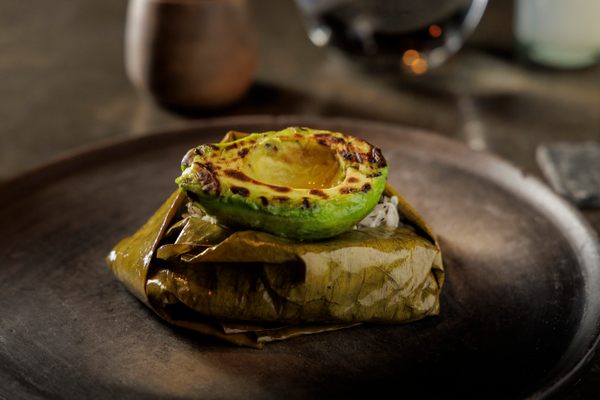

Follow us on Twitter to get the latest on the world's hidden wonders.
Like us on Facebook to get the latest on the world's hidden wonders.
Follow us on Twitter Like us on Facebook